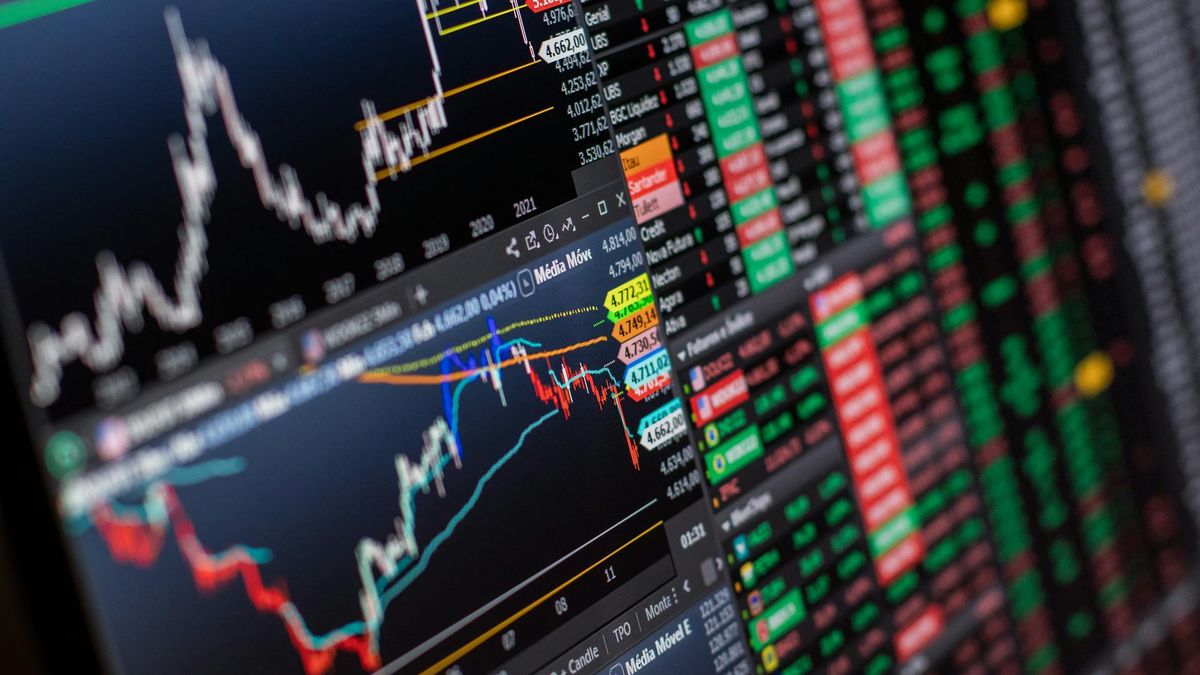The largest crypto market on the planet, Binance, after echoing these versions and accelerating the run, announced at the end of yesterday that it was in talks to rescue (acquire) its troubled competitor. This new mini-run generated by centralized entities of the crypto world will surely end with an even greater centralization of the system, with Binance as the consolidated leader in this segment.
If this bleeding is not stopped quickly, again and as it happened a few months ago, positions in collateralized trades with these assets can begin to be automatically liquidated, deepening the fall even further.
Those who continue to genuinely defend the decentralized nature of bitcoin, and what the ecosystem should be (and not what it actually is) have not yet found a way to decouple it from centralized entities.
The incorporation of this type of entity in the crypto world explains a large part of its recent growth. It is difficult to imagine the rally in the prices of crypto assets that occurred in 2021 if it were not for the massive entry of centralized players, the exchanges, which mostly channeled the orders of both sophisticated institutional investors and retail investors without much financial knowledge.
It is also difficult to explain both the power of that rise in prices in 2021 and the violence in the crash that occurred this year, without including the role of the extremely high leverage that these centralized markets provided to these products. Practices typical of the reviled traditional financial system permeated the crypto world without obstacles, amplifying these cycles without any type of control or limit.
Hundreds of millions of people in the world have entered this ecosystem in recent years, and today they still do not have adequate protection from the States.
The traditional financial universe has been experiencing a true revolution, mounted on the technological advances of the last decade: the web.3the development of artificial intelligence, the possibility of storing huge amounts of data in the cloud, as well as blockchain technology.
As a result of these phenomena, both the crypto universe and the so-called Fintech universe of technological finance have grown, which, for example, in Argentina (and in the region) have Payment Market and Ualas its main exponents incorporating millions of savers. Its impressive recent adherence rate challenges (and polishes) the increasingly porous traditional financial system by simultaneously making it more efficient and competitive.
Nevertheless, All of these new actors, without an appropriate regulatory framework, constitute a risk to the monetary and financial stability of the countries, and in the case of crypto, a fertile ground for defrauding unsuspecting retail investors.
States must not turn their backs on or prohibit these new players, they must be trained and sit down at a table, first to listen and understand them (given their technological complexity), and then autonomously and dynamically establish a regulatory framework that prevents abuses, favoring innovation and financial stability.
Former president of the National Securities Commission.
Source: Ambito




